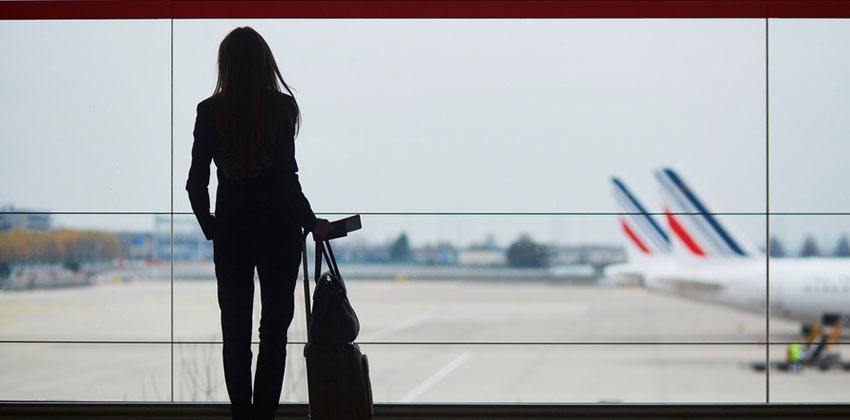Demand for Business Travel remains strong: Travel Leaders Corporate
Travel Leaders Corporate, an award-winning leader in business travel, has released an analysis of its clients’ aggregate business travel bookings from the third quarter of 2018. Data shows that the cost of business trips are continuing to rise, however, Travel Leaders Corporate clients show no slowdown in travel.
Domestically, the total cost of a business trip is at a record high of $1,073, a four per cent increase from Q2 and an eight per cent increase from Q3 2017. Looking at trip components, the data shows that rising hotel costs are driving this increase. Quarter over quarter, there is a 12 per cent increase in the total hotel cost of a business trip, and year over year there is a 16 per cent increase. On the international front, hotel costs have also risen (13 per cent since Q2 and 27 percent since Q3 2017 due to an increase in trip length).
“We are fortunate to be experiencing a strong environment for corporate travel,” said Mike Boult, Senior Vice President of Corporate Sales at Travel Leaders Corporate. “The implications of this are a double-edged sword. There is strong demand for corporate travel in almost all sectors, but a healthy economy also means that suppliers can and are raising prices. Given the current environment, it is even more important for companies to consider a travel management partner not only for their greater buying power, but also for duty of care, travel spend management and overall traveler satisfaction.”
In addition to hotel costs, two other factors make up the overall cost of a business trip — airfare and car rental. The United States continues a trend of lowering car rental rates, with this quarter hitting a record low car rental trip cost of $143 (down from a record high of $165 in Q3 2017). Airfare is flat from the last quarter, but up six percent from this time last year. Outside of the United States, car rental rates are more even, with airfares rising three percent from the last quarter.
“An interesting trend comes from greater airline competition between legacy carriers and newer, lower-priced airlines,” Boult said. “Years of careful analysis on the part of legacy carriers has revealed the need to break each plane into multiple micro zones to negate pricing risk. By offering numerous classes of service, including everything from business class to basic economy, legacy carriers are better able to compete with newer airlines with their breadth of service offerings. Similarly, in the hotel sector, we are seeing more and more consolidation. Along with that comes better data and an ability for hotel partners to match the right hotel for each business traveler.”




